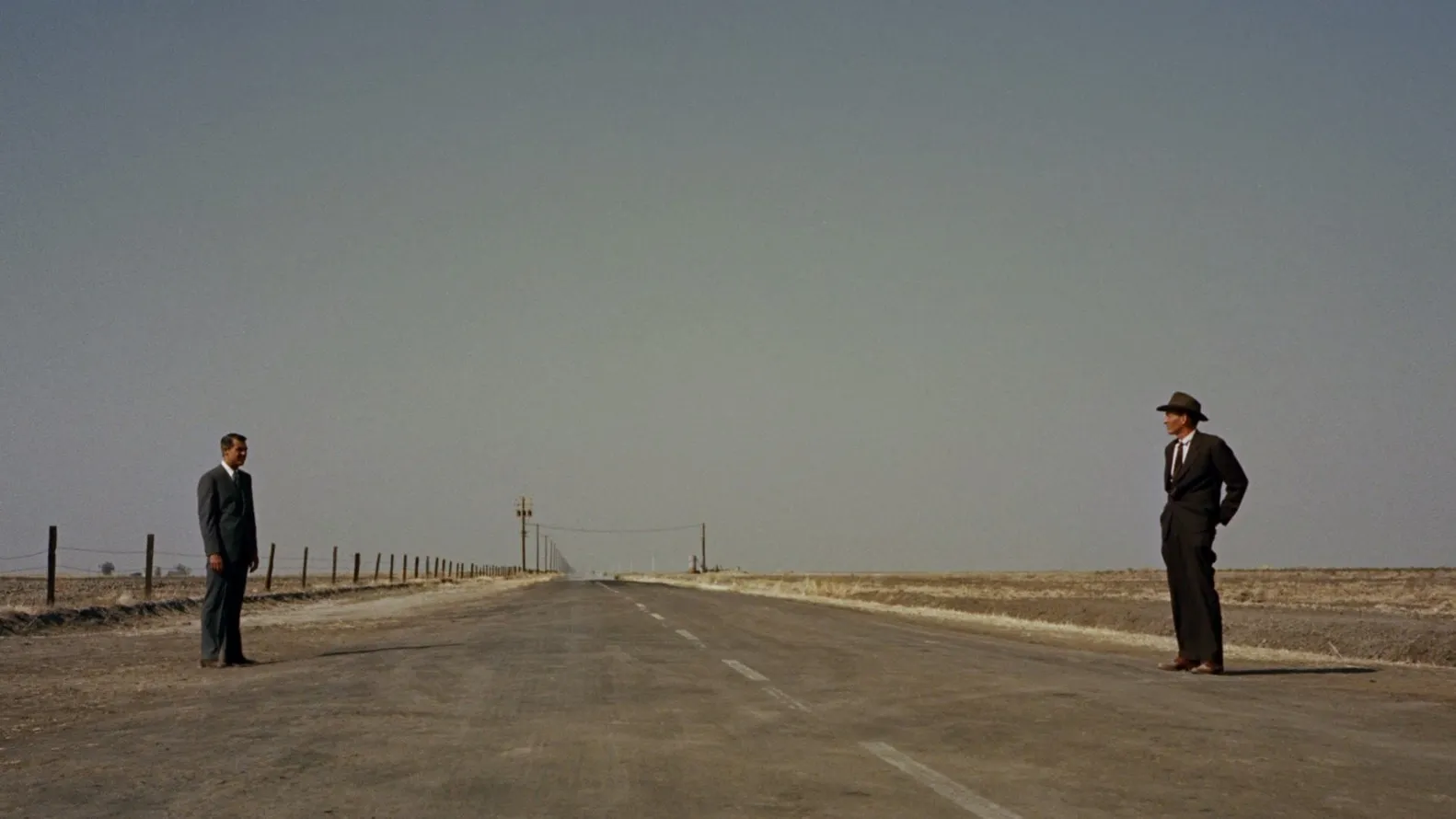Camera Techniques.
Camera Shots:
- Extreme Close Up
- Close up
- Medium Close up
- Medium Shot
- Long Shot
- Long (Wide) Shot
- Extreme Long Shot
- Point Of View
- Mise En Place
Camera Angles:
- Low Angle
- High Angle
- Eye Level
- Birds Eye Level
- Dutch Tilt
- Tilt
Camera Movements:
- Tracking
- Pan
Examples of Camera shots and camera angles.
Extreme Close up -

Close up -

Medium Close up -

Medium Shot -

Medium Long Shot -

Long Shot -

Long (wide) shot -

Extreme Long Shot -
Low Angle -

High Angle -

Eye Level -

Birds Eye View -

Dutch Tilt -

Pan -

Tilt -

Tracking -

What am I learning?
I'm learning about different types of camera angles, shots and movements.
How does this work show my learning?
It shows my understanding on which categories these different types of angles, shots and movements go in and also the photos show what the different things look like.
What am I wondering?
I am wondering how they film most of these so I will research more about them to get a better understanding.
No comments:
Post a Comment
To support my learning I ask you to comment as follows:
1. Something positive - something you like about what I have shared.
2. Thoughtful - A sentence to let us know you actually read/watched or listened to what I had to say
3. Something thoughtful - how have you connected with my learning? Give me some ideas for next time or ask me a question.